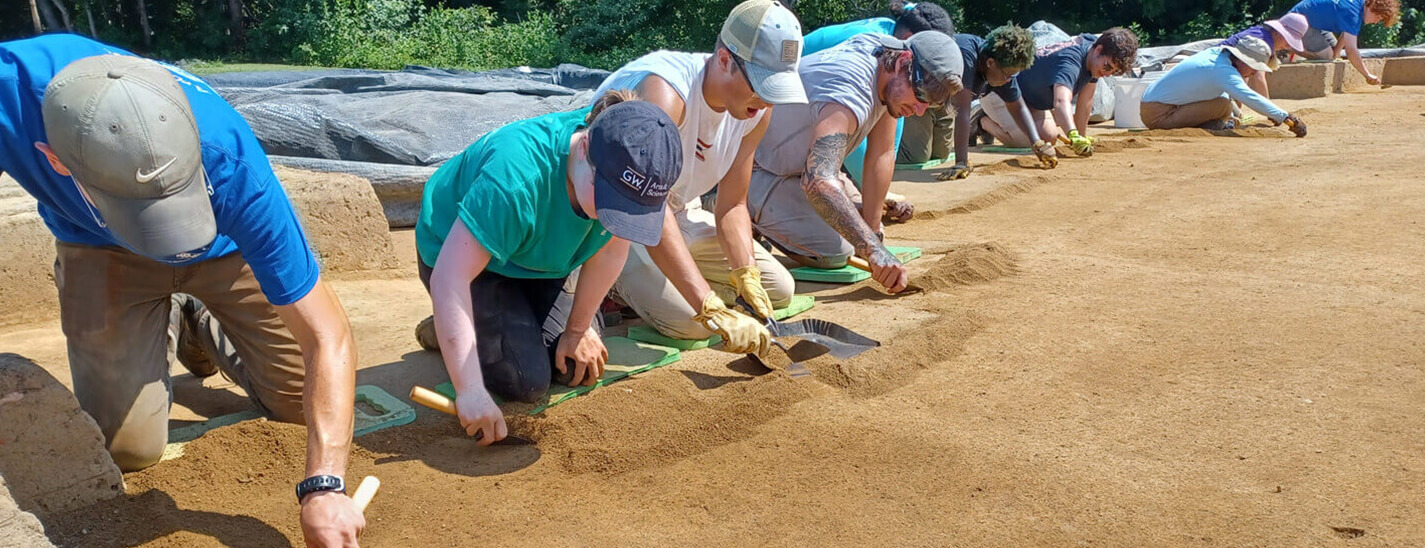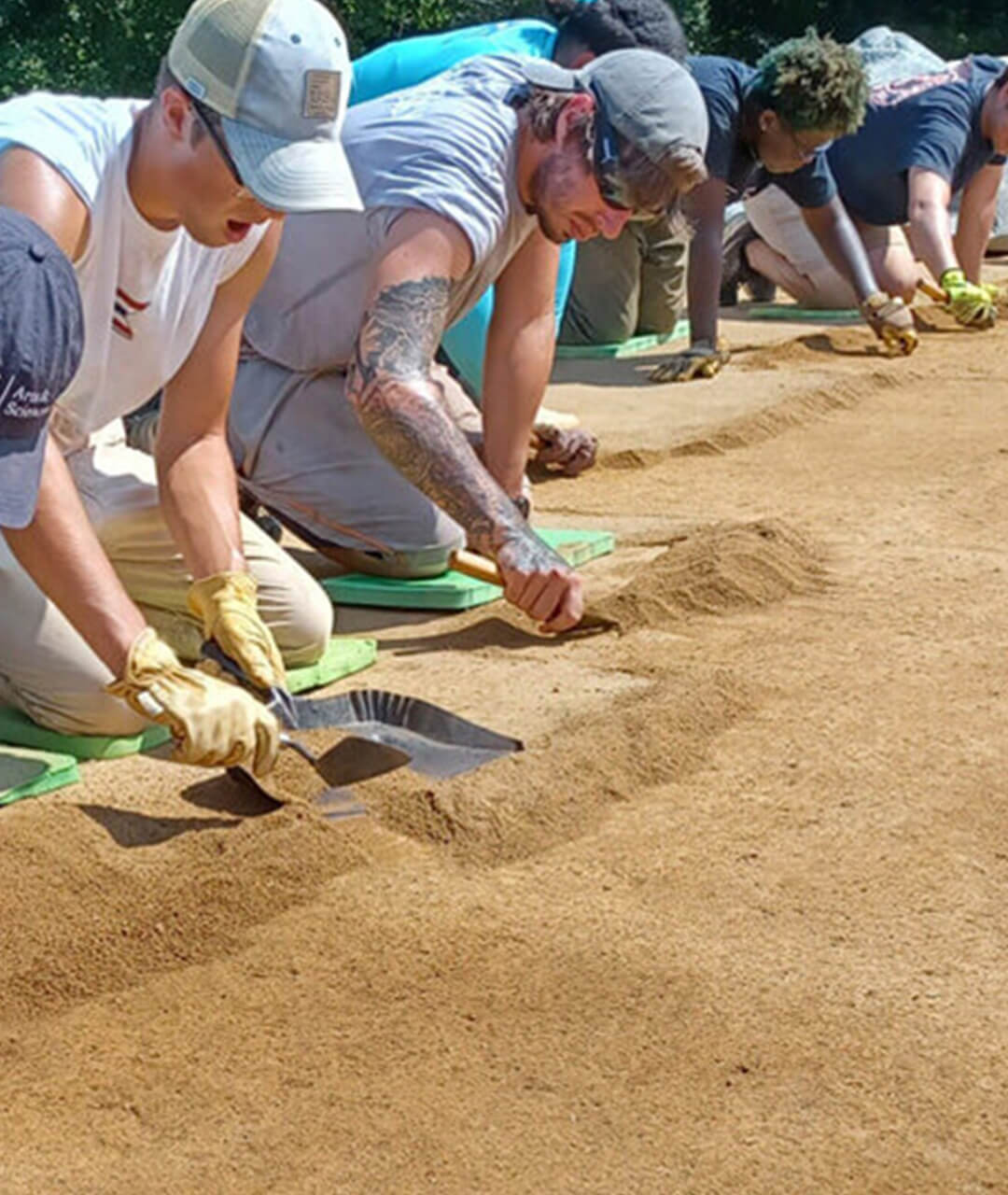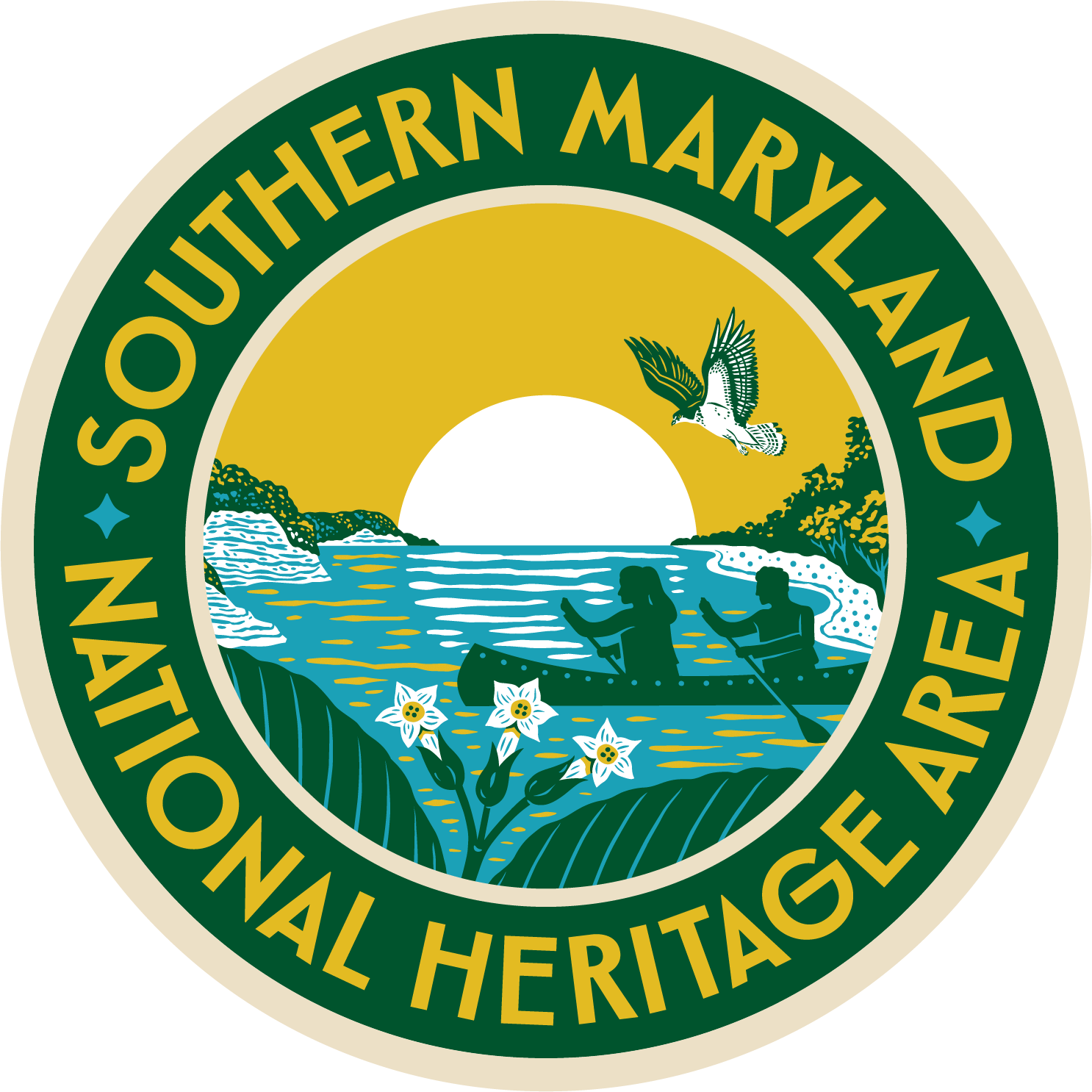
Maryland Rediscovery 400

Maryland Rediscovery 400
Maryland Rediscovery 400 is an initiative dedicated to the rediscovery and interpretation of significant historic sites in Southern Maryland.
Maryland Rediscovery 400 is an initiative dedicated to the rediscovery and interpretation of significant historic sites in Southern Maryland.
In 2019, a partnership formed between state and county agencies, under the Southern Maryland Heritage Area, to study and commemorate the places where people interacted within a diverse cultural environment. The mission is to illuminate diverse perspectives and experiences of early Marylanders and Native Peoples through the study of material culture, structures, and landscapes.
In 2019, a partnership formed between state and county agencies, under the Southern Maryland Heritage Area, to study and commemorate the places where people interacted within a diverse cultural environment. The mission is to illuminate diverse perspectives and experiences of early Marylanders and Native Peoples through the study of material culture, structures, and landscapes.
Each Maryland Rediscovery 400 project incorporates descendant perspectives and experiences into the historical narrative.
Each Maryland Rediscovery 400 project incorporates descendant perspectives and experiences into the historical narrative.
These community-based projects are informed through consultation with Native people and those of African descent, as well as various local groups and churches. Many of these projects use archaeology to access new information about these cultures. The artifact assemblages and data generated from these investigations are used in traditional and technological public outreach products, including exhibits, story maps, speaker series, and site tours. This long-range initiative will focus on many cultural resources, including those along the Religious Freedom Scenic Byway, and culminate during the commemoration of the 400th anniversary of the landing of the Ark and Dove at St. Clements Island in 1634.
These community-based projects are informed through consultation with Native people and those of African descent, as well as various local groups and churches. Many of these projects use archaeology to access new information about these cultures. The artifact assemblages and data generated from these investigations are used in traditional and technological public outreach products, including exhibits, story maps, speaker series, and site tours. This long-range initiative will focus on many cultural resources, including those along the Religious Freedom Scenic Byway, and culminate during the commemoration of the 400th anniversary of the landing of the Ark and Dove at St. Clements Island in 1634.

Steering Committee
» Lucille Walker, Southern Maryland National Heritage Area (Destination Southern Maryland)
» Dorothea Smith, African American Heritage Society of Charles County
» Francis Gray, Piscataway Conoy Tribe
» Franklin Robinson, Charles County Historic Preservation Commission
» Cathy Thompson, Charles County Preservation and Long-Range Planning
» Karen Stone, St. Mary’s County Museum Division
» Julia King, St. Mary’s College of Maryland
» Julie Schablitsky, Maryland Department of Transportation State Highway Administration
» Travis Parno, Historic St. Mary’s City

Steering Committee
» Lucille Walker, Southern Maryland National Heritage Area (Destination Southern Maryland)
» Dorothea Smith, African American Heritage Society of Charles County
» Francis Gray, Piscataway Conoy Tribe
» Franklin Robinson, Charles County Historic Preservation Commission
» Cathy Thompson, Charles County Preservation and Long-Range Planning
» Karen Stone, St. Mary’s County Museum Division
» Julia King, St. Mary’s College of Maryland
» Julie Schablitsky, Maryland Department of Transportation State Highway Administration
» Travis Parno, Historic St. Mary’s City
